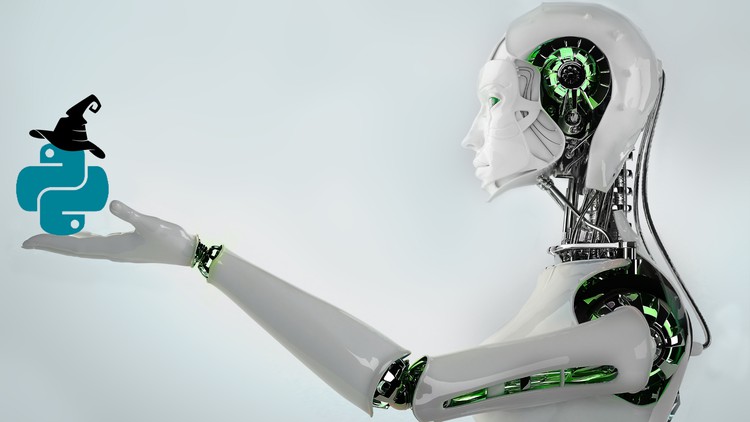Learn Artificial Neural Network From Scratch in Python
The MOST in-depth look at neural network theory, and how to code one with pure Python and Numpy
4.40 (68 reviews)

11,391
students
18 hours
content
Apr 2021
last update
$13.99
regular price
What you will learn
Code a neural network from scratch in Python and numpy
Learn the math behind the neural networks
Get a proper understanding of Artificial Neural Networks (ANN) and Deep Learning
Derive the backpropagation rule from first principles
Describe the various terms related to neural networks, such as "activation", "backpropagation" and "feedforward"
Learn to evaluate the neural network models
Screenshots




3956286
udemy ID
4/3/2021
course created date
4/4/2021
course indexed date
Bot
course submited by